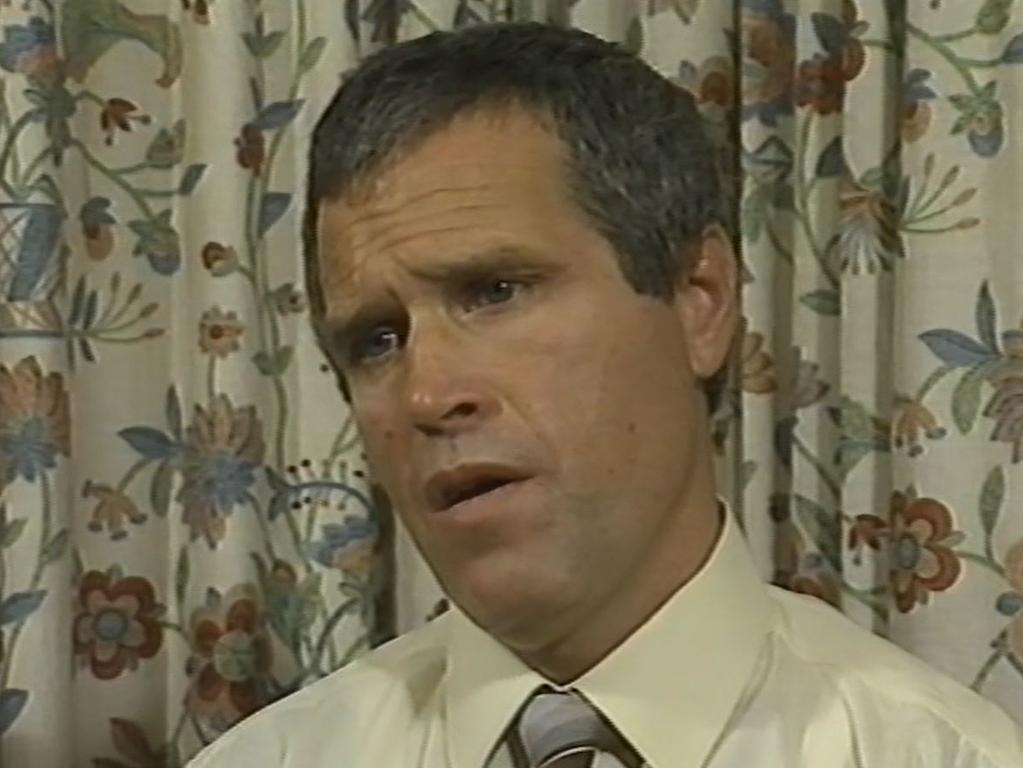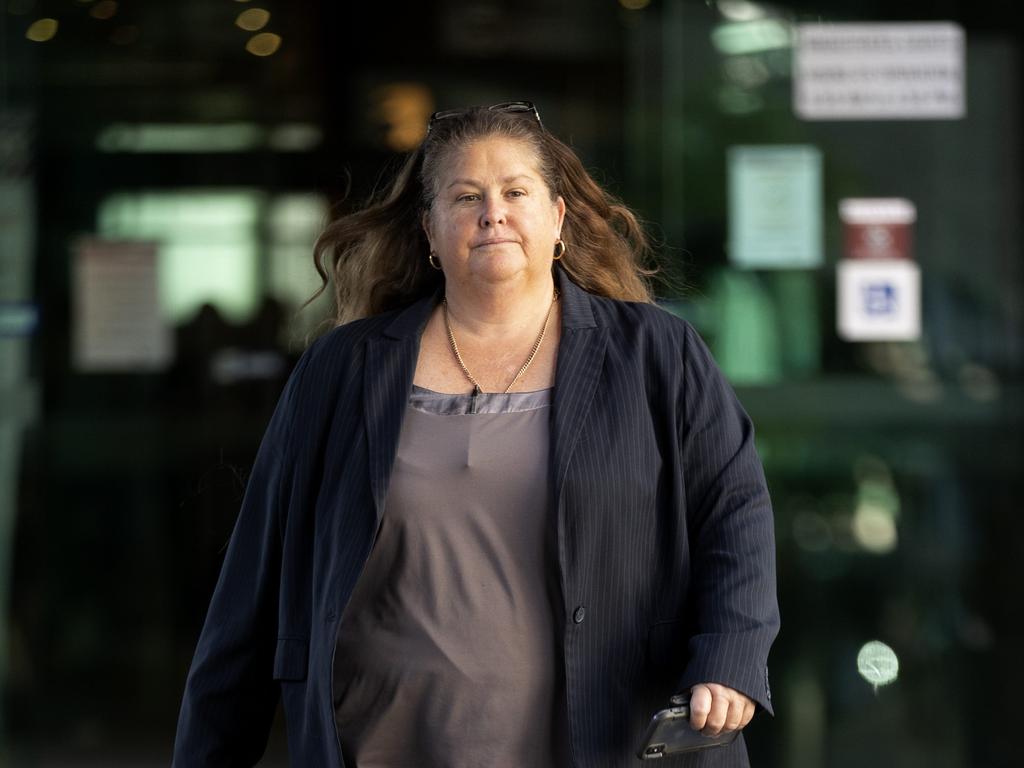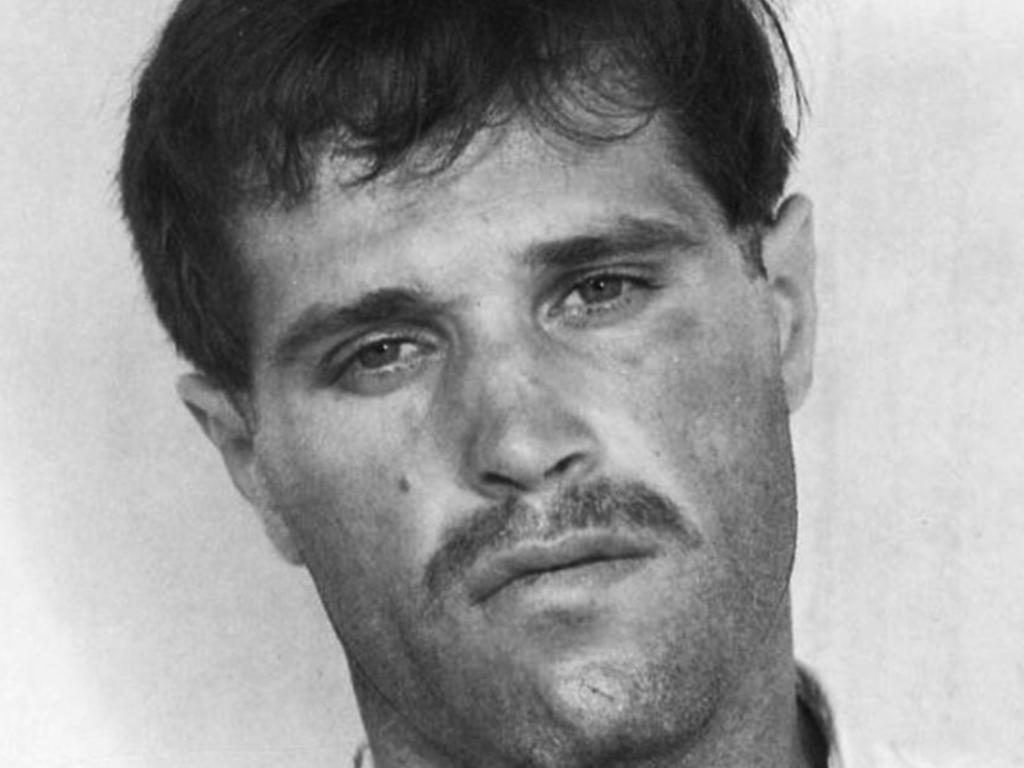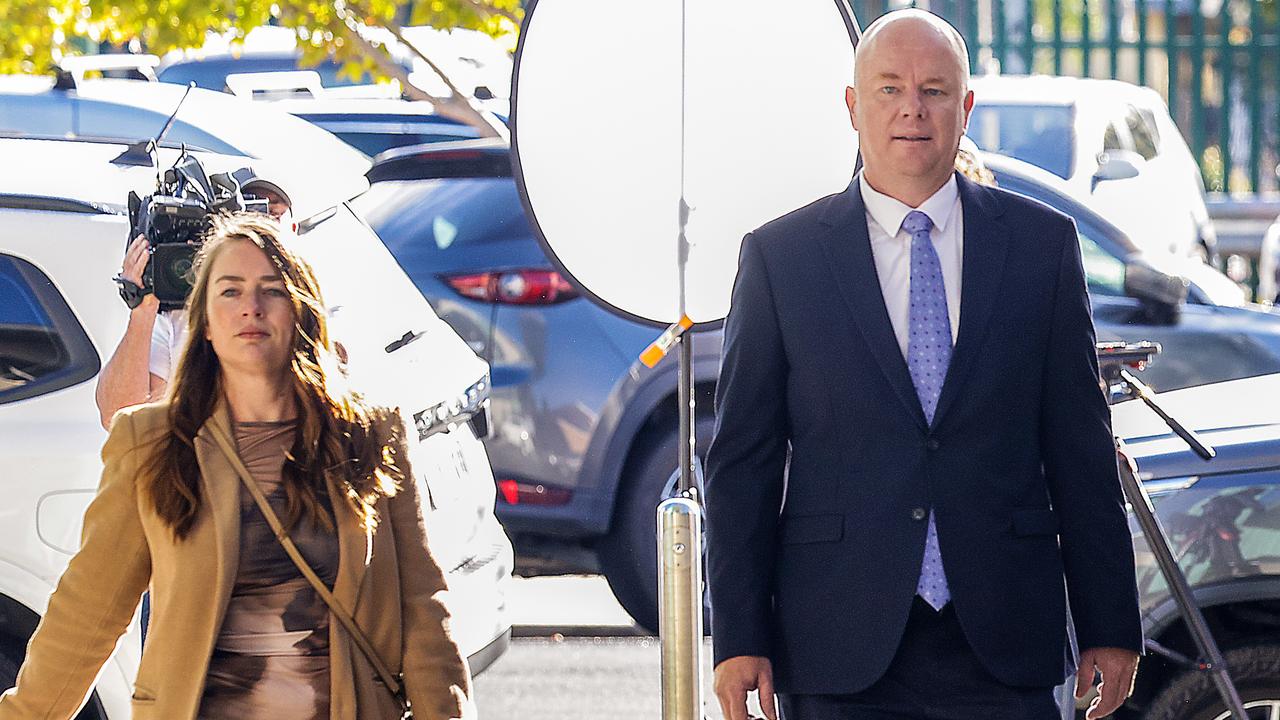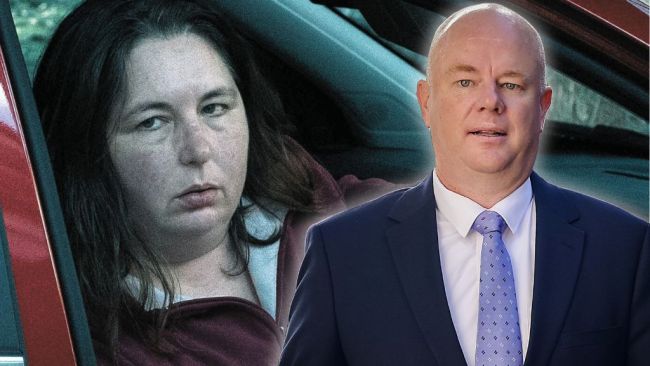Queensland Police investigator ordered to remove evidence in Whiskey Au Go Go brief
Senior Queensland police inspector ordered evidence suggesting police may have forced confession from one of the men convicted of the attack be removed.
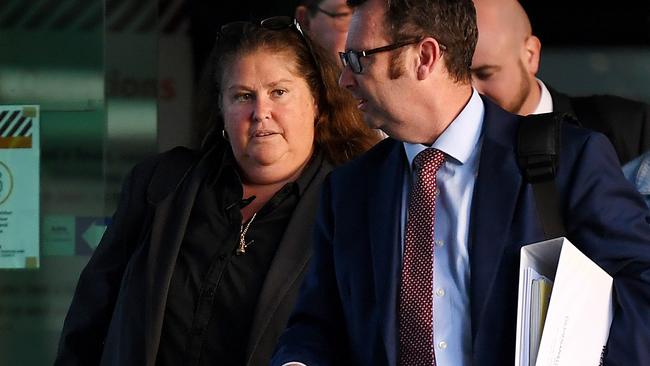
A lead police investigator of the new probe into the deadly 1973 Whiskey Au Go Go nightclub firebombing was ordered to remove evidence from her report to the Coroner that suggested police may have forced a confession from one of the men convicted of the attack.
The astonishing allegation can only be revealed after News Corp successfully challenged a suppression order – sought by the Queensland Police Service – preventing publication of the investigator’s testimony given last week, and now publicly released.
On Wednesday night, a Queensland Police spokesperson said there was never an intention to permanently suppress the testimony. Instead, the spokesperson said the order was initially sought so the two high-ranking homicide unit officers – named in the witness box by star homicide detective sergeant Virginia Gray – were given time to obtain “legal advice and consider their position”.
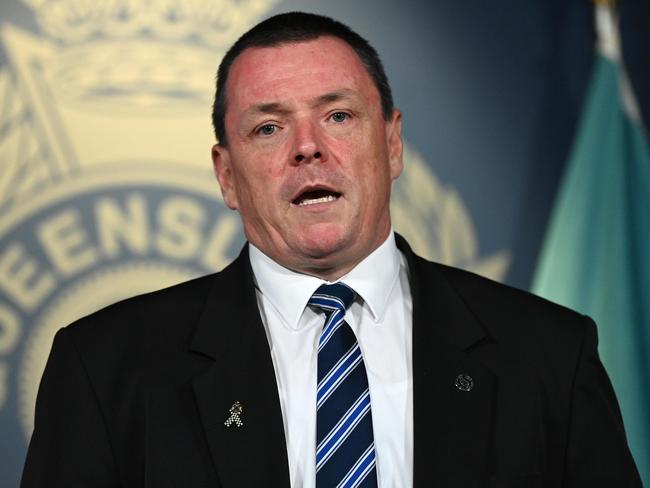
Last Thursday, Det Sgt Gray told State Coroner Terry Ryan that in September last year her superior, Detective Inspector Damien Hansen, ordered her to remove dozens of pages from her report to the Coroner.
Det Sgt Gray had conducted a new investigation into the adequacy of the 1973 police investigation and whether there were more involved in the firebombing that killed 15 people. Small-time criminals James Finch and John Stuart, now both dead, were the only people arrested and convicted of the mass murder.
In the witness box, Det Sgt Gray said that in September she was called to a meeting with Det Insp Hansen and Detective Senior Sergeant Tara Kentwell about her report. “Detective Inspector Hansen told me he’d spoken to the Coroner the day before and that his feedback was that material should be removed as they didn’t need references to the earlier investigation,’’ she said.
“Inspector Hansen said there would have to be changes and that he was unhappy with the references in page 10.”
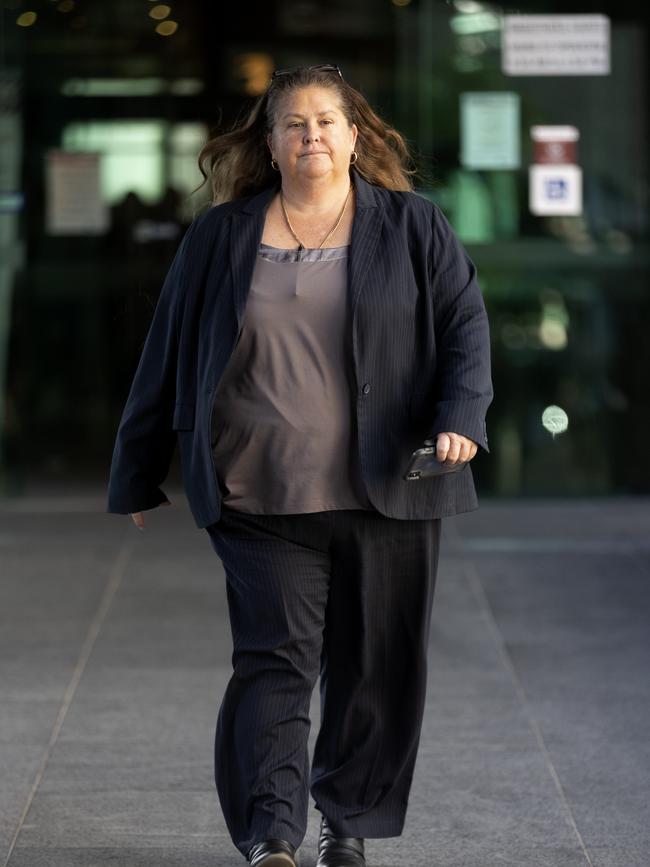
Those references were to an interview carried out in March 1973 in which Finch supposedly admitted to lighting the fire. “He (Inspector Hansen) was unhappy that there was reference to or insinuation that they were verballed,” Det Sgt Gray said. “There was a reference (that) that sort of material shouldn’t be included in the report from the police.”
Asked whether Det Insp Hansen gave her a reason for the omission, Det Sgt Gray said: “He said ‘leave that to the journalists and police haters’.”
Earlier in the day, Det Sgt Gray said she did not place much value on an unsigned statement supposedly given to police by Finch in which he supposedly admitted to setting the fire.
She also revealed a former police officer had told her senior detectives orchestrated an interview that extracted the supposed admission from Finch. Finch allegedly admitted to rolling two fuel drums into the foyer of the two-storey nightclub, in Brisbane’s Fortitude Valley, about 2.08am on March 8, 1973, before setting it alight with a match.
Finch, who died in his native England in April, maintained police concocted the confession and rumours have perpetually swirled about a police cover-up.

Det Sgt Gray said she tried to convince Det Insp Hansen to keep the information about the supposed coercion in the report but was overruled. She submitted a redacted version but later, after seeking further advice, she submitted the full report.
Coroner Ryan later denied to the hearing having contact with Inspector Hansen about the matter. “Just for the record, the suggestion the Coroner or the inference that I gave any direction to the Queensland Police Service about the contents of Detective Sergeant Gray’s report is incorrect and it’s not something that I have ever given a direction about in relation to any police report,” Coroner Ryan said.
Shortly after Det Sgt Gray made the revelation, barrister Michael Nicholson, representing the Police Commissioner, tendered an email suggesting Det Insp Hansen had made the order after being told the length of the report needed to be shortened.
In a statement, the QPS spokesperson said: “During last week’s hearings, a witness made statements about alleged conversations and the actions of current serving QPS members.
“The comments were not contained within the witness’s statement provided to the inquest.
“The officers named were not witnesses proposed to be called during the inquest and they were not given notice of the claims to be made against them.
“Consequently, they did not have an opportunity to be heard at the time of the witness’s testimony nor did they have the opportunity to cross-examine the witness.
“As a result, counsel for the QPS sought a non-publication order to ensure (in) the interests of the officers named (they) had a reasonable opportunity to obtain independent legal advice and consider their position.”
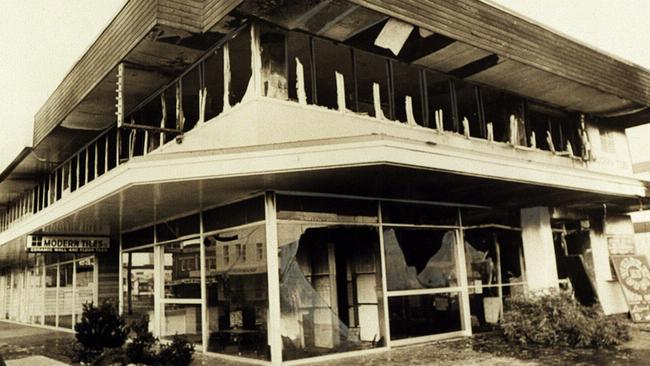
A tough cop whose investigation into the murders of Barbara McCulkin and her daughters, Vicki, 13, and Leanne, 11, in Brisbane in 1974 led to the reopening of the Whiskey case, Detective Gray was emotional as she answered questions about Inspector Hansen’s orders from barrister Stephen Keim, who assists the coroner.
It was after a re-examination of evidence in the McCulkin case, and the 2017 conviction of Vince O’Dempsey and Garry Dubois, and the uncovering of possible links between the two cases, that the coronial inquest was ordered.
O’Dempsey’s barrister, Chris Minnery, supported News Corp’s application for the suppression order to be lifted.
“The inquest will deal with in part misconduct or alleged misconduct by the Queensland police force in 1973 and 1974,” Mr Minnery told the court.
“It will be looking at suppression of evidence by investigators.
“It is also potentially the case that quite a lot of people, including my client, have had a lot of terrible allegations aired against them.
“Principles of open justice support the lifting of that order so there can be transparent and open justice.”


